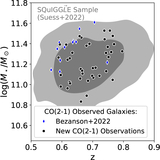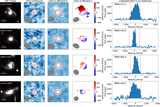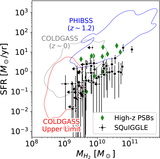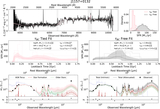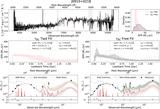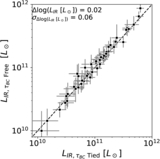Image Details
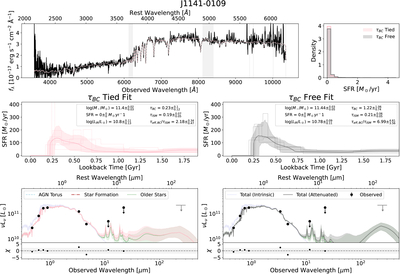
Caption: Figure 8.
Demonstration of the new SED fitting adopted in this work, as in Figure 6. Here, we highlight J1141-0109, a galaxy that is not detected in the MIR, ancillary Herschel imaging, or in CO(2–1). While it is not included in the fit, we also indicate the characteristic 3σ uncertainty on a Herschel/SPIRE 250 μm point source based on nearby objects in the point source catalog. In contrast with the IR-detected galaxies, galaxies that are not IR-luminous return very similar star formation histories for both fits, regardless of the value of τBC, because the MIR nondetections place a ceiling on the amount of star formation that can occur behind optically thick dust.
Copyright and Terms & Conditions
© 2025. The Author(s). Published by the American Astronomical Society.


